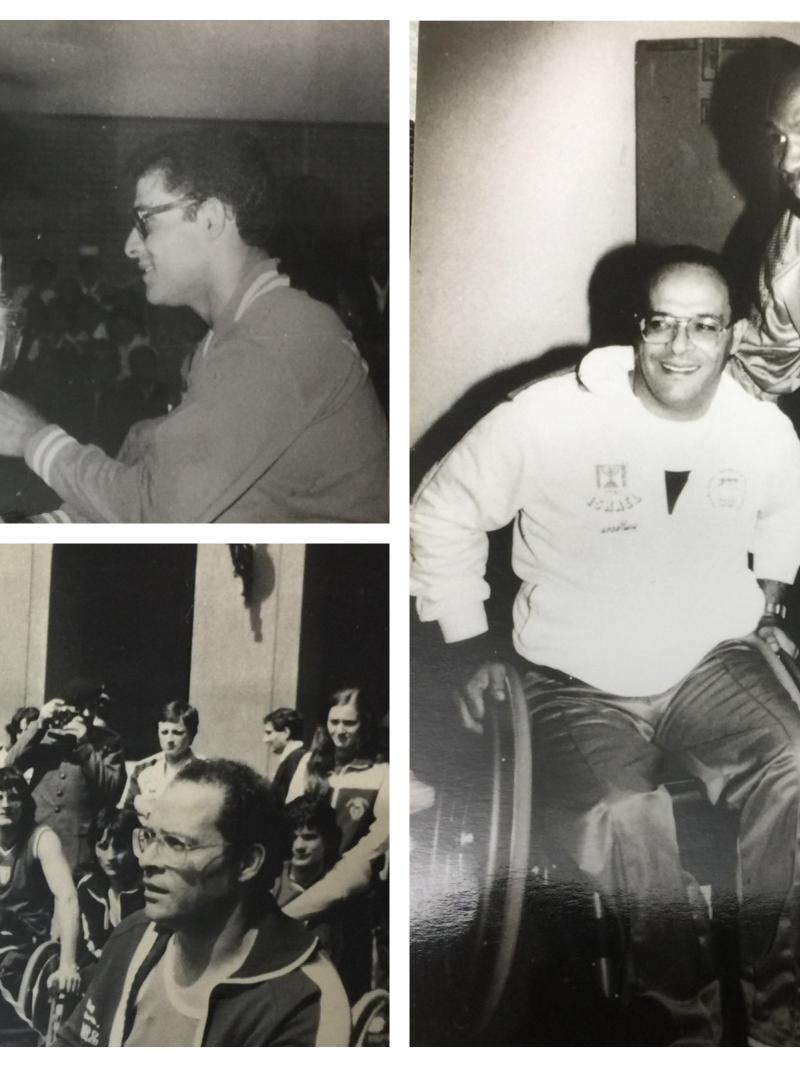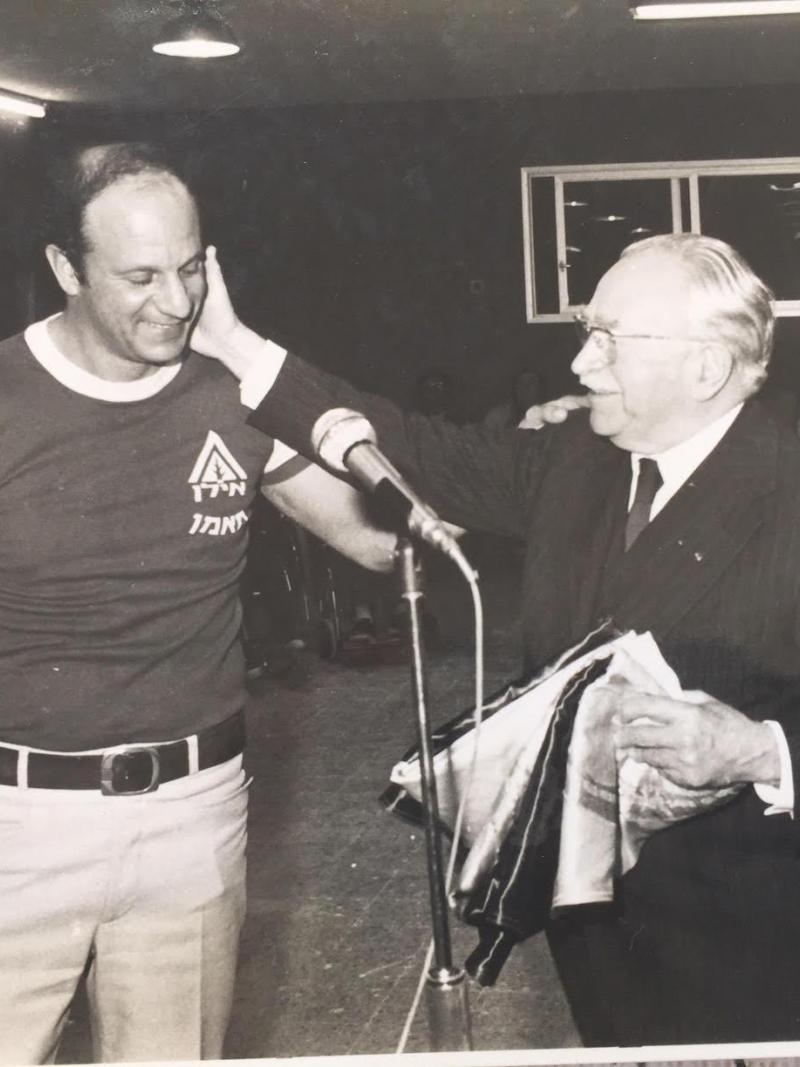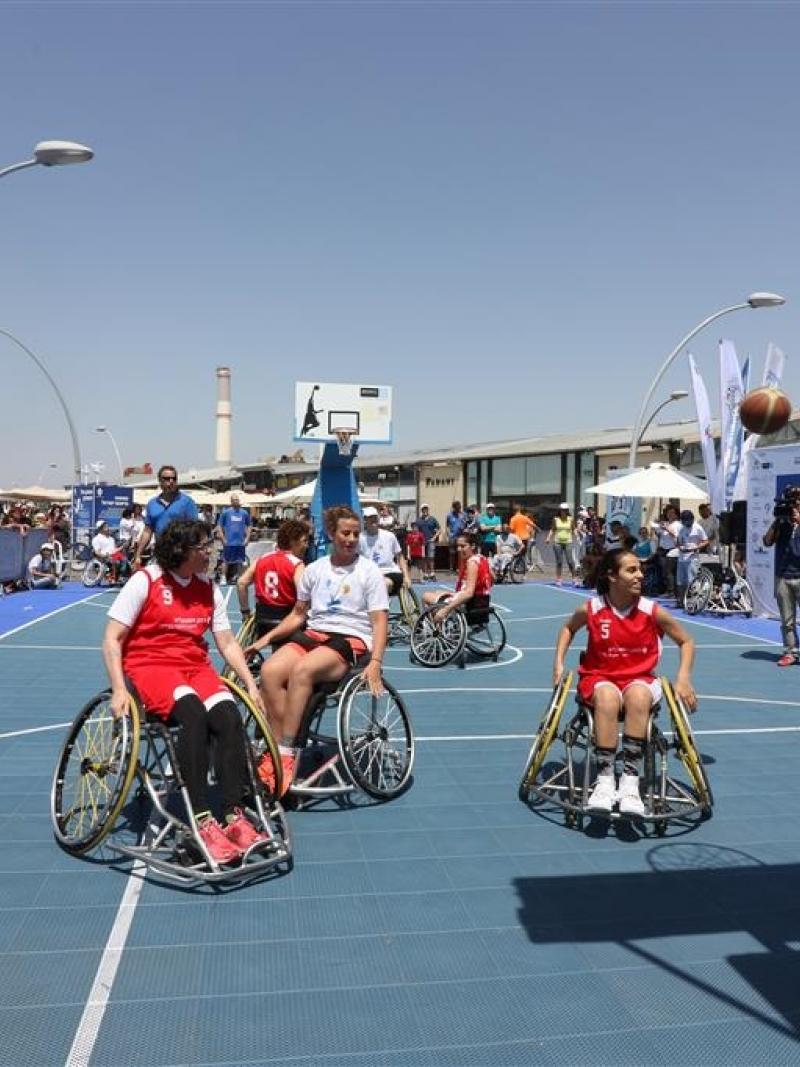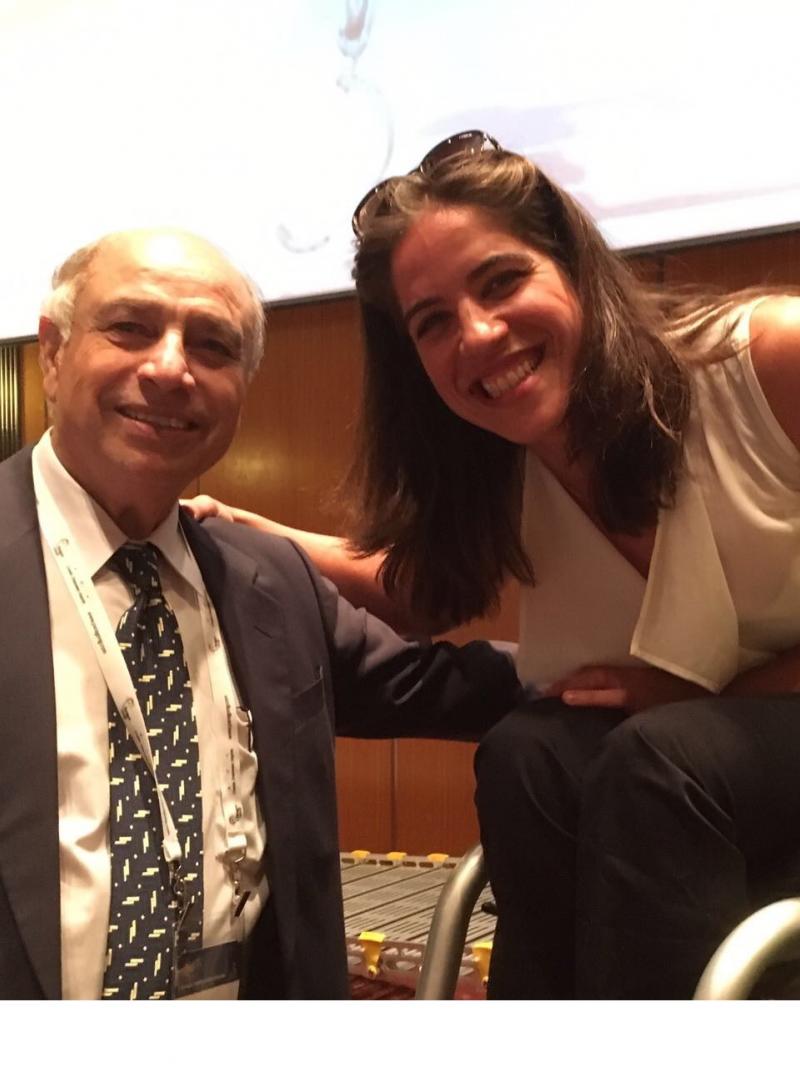Tel Aviv 1968: Celebrating 50 years
Third Paralympics kept Movement moving and changed a nation 04 Nov 2018“It was a spectacular sight to see the diverse costumes in different colours, the flags, and the athletes speaking different languages, heading out in a good mood to represent their countries.”
Celebrating a “Summer” Games in November is not ideal. But that was the case 50 years ago when the torch was lit to officially open the 1968 Paralympics on 4 November in Tel Aviv, Israel.
It was better late than never.
Israel stepped up as a late host of the Games and built off the success of its predecessors Tokyo 1964 and Rome 1960, seeing more athletes from more countries compete across more sports.
Continuing the success
The Paralympics were initially set to take place in Mexico City, Mexico, following the Olympics. But the Mexican government backed out due to technical difficulties.
To keep the Games going, Sir Ludwig Guttmann, founder of the Paralympic Movement, said Stoke Mandeville, Great Britain, would host if no alternative was found.
While the Movement’s birthplace no doubt could put together an outstanding event, its power had an opportunity to change another nation. And that is what happened when the Israeli government and the ILAN Society (an Israeli organisation for individuals with physical impairment) stepped up.
Amid the late planning, Tel Aviv 1968 built off the success of the two previous Paralympics, seeing more medal events (188 in 10 sports), countries (28) and athletes (775) than ever before.
Israeli wheelchair basketballer Avraham Tshuva recalled the scene in the build-up to the Games: “The delegations gradually began to arrive from the different countries, hundreds of athletes with various degrees of disability. The sports papers began to post several items, some photographs appeared. The climax was the extensive articles published when Minister Yigal Alon opened the Games, after the procession attended by all the delegations at the stadium of the Jerusalem University.”
“The next day, beginning early in the morning, the athletes left their main place of accommodation at Kfar Hamacabiah, heading for the sports fields and facilities throughout Tel Aviv, and began to compete for the gold, silver and bronze medals,” Tshuva continued. “It was a spectacular sight to see the diverse costumes in different colours, the flags, and the athletes speaking different languages, heading out in a good mood to represent their countries.”
Outstanding performances
Jamaica, Spain and New Zealand all made their first trips to a Paralympics.
Lawn bowls debuted as a new Paralympic sport, and women’s wheelchair basketball was also added to the programme.
The Games witnessed Italy’s Robert Marson achieve an outstanding performance, with 13 medals, including 10 golds, across athletics, swimming and wheelchair fencing to become the top athlete in Tel Aviv.
Australian Lorraine Dodd set three records in her classification – 25m backstroke, 25m freestyle and 25m breaststroke – all in one day.
The USA’s Ed Owen, then just 20 years old, scooped two golds in athletics, two in swimming, a silver in wheelchair basketball and a bronze in javelin.
In the men’s wheelchair basketball final, Israel defeated USA, 47-37.
“I was glad to have brought pride to the country,” Tshuva said. “I was glad to receive the support of my family, neighbours, as well as friends with polio and from among the [Israel Defense Force] disabled.”
A nation changed
As the power of the Paralympics could be felt no more than in the country where it is held, Israel especially benefitted from the Games.
The country had already been active in using sports as a form of rehab for people with an impairment, especially during the polio epidemic, having set up the Israel Sports Centre (ISCD) for the Disabled in the 1960s. Tel Aviv 1968 accelerated the participation in Para sports, with more ISCD branches spreading through the country.
Israeli Paralympic Committee President Yehoshua Dekel said celebrating 50 years since Tel Aviv 1968 goes deeper than how the nation itself was transformed.
“Similar to any self-respecting organisation and enterprise, the founders' generation and the achievements of the pioneers should be honoured and appreciated, of course mentioning those athletes who began it all and became a source of inspiration for the many who followed in their footsteps,” he said.
The celebration is also a reminder that work is ongoing.
“We try to expose as many population groups as possible to Paralympic sports, at schools, community centres, sports centres, personal encounters, and through expositions and various collaborations,” Dekel said. “All the activities we initiate with many partners will result in more public exposure and in the understanding that Paralympic sports are a competitive sport for all purposes.”

 Facebook
Facebook
 Instagram
Instagram
 Twitter
Twitter
 Youtube
Youtube
 TikTok
TikTok
 Newsletter Subscribe
Newsletter Subscribe






